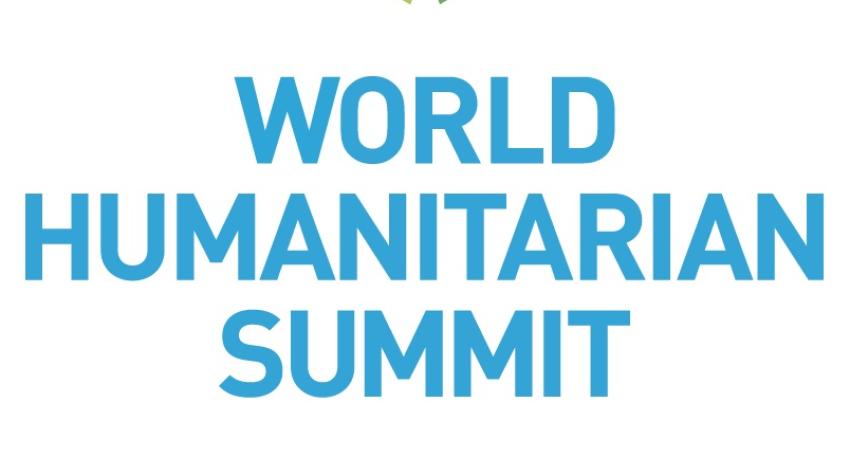
Building an Agenda for Humanity
Humanitarian crises cost the global economy millions. They halt or even reverse development gains. Each year the needs—and the costs—grow higher.

Economic Recovery after Natural Disasters
The destructive effects of natural disasters are felt more in poorer countries than in more prosperous ones. While both rich and poor nations are subject to natural hazards, most of the 3.3 million disaster-related deaths over the last 40 years occurred in poor countries.

World Humanitarian Summit: Addressing Forced Displacement
Discrimination and exclusion, corruption, lack of governance, impunity, deep-rooted poverty and lack of opportunity are the main causes of conflict. They are aggravated by the effects of climate change and growing competition over shrinking resources.

Foreword
UN efforts have helped meet the immediate needs of people whose lives have been devastated by events such as earthquakes, famine and war. We have also assisted affected communities in building back stronger infrastructure and institutions to help protect them from future catastrophes.

Improving Partnerships Between National and International NGOs in Africa
Strengthening the links between national NGOs and their international counterparts in Africa will require, at the Summit and beyond, a great deal of transparency and honesty; respect for each other's contributions; acknowledgement of comparative advantages and mandates; identification of mutual benefit through greater assistance to crisis-affected populations, so that gains are greater in working together than competing; and courage and readiness by all actors to call themselves into question and cede power or resources.

Coordinating Funding for Humanitarian Emergencies
Beyond Governments, the humanitarian community must harness the power of business to deliver its key skills and capabilities. Business is still a modest factor in humanitarian activities, yet it has the creativity and capacity at the scale to provide new solutions to risk management, support aid delivery, create jobs, and modernize transparency and accountability.

The Future of Humanitarian Action
The urgency is all too clear: if current demographic and conflict trends—protracted complex conflicts with a high risk of relapse, forced displacement at a record scale, urbanized conflict, growing inequality—continue, the gap between needs and response will only grow worse.

Going Beyond What Works
Currently, 93 per cent of people living in extreme poverty live in countries that are affected by humanitarian crises. Clearly, each dollar of aid needs to be used to help alleviate their suffering.

The Humanitarian Response to the 2015 Nepal Earthquake
Natural disasters around the world affect, on average, more than 200 million people and displace more than 20 million people on a yearly basis. The impact of, and preparedness and response to, natural hazards will be a central topic when the humanitarian community and world leaders gather at the World Humanitarian Summit in Istanbul in May 2016.

Overcoming Obstacles to Meeting Humanitarian Need
The urgent need to achieve better solutions for millions of people whose lives are torn apart by conflict and violence was one of the drivers of United Nations Secretary-General Ban Ki-moon's decision to hold the World Humanitarian Summit on 23 and 24 May 2016 in Istanbul.

The Scope and Limits of Humanitarian Action in Urban Areas of the Global South
Nearly 50 per cent of the world's population, or an estimated 3.5 billion people, already live in urban areas, with projections suggesting an increase to 70 per cent by 2050.

The Post-Haiyan Shelter Challenge and the Need for Local, National and International Coordination
Essentially, sustained cooperation between international, national and local actors leads to a more coherent response among humanitarian partners; increases awareness around actual needs and longer-term strategies; reduces duplication in assistance; and helps ensure the link between shelter assistance and the construction of more resilient dwellings.
